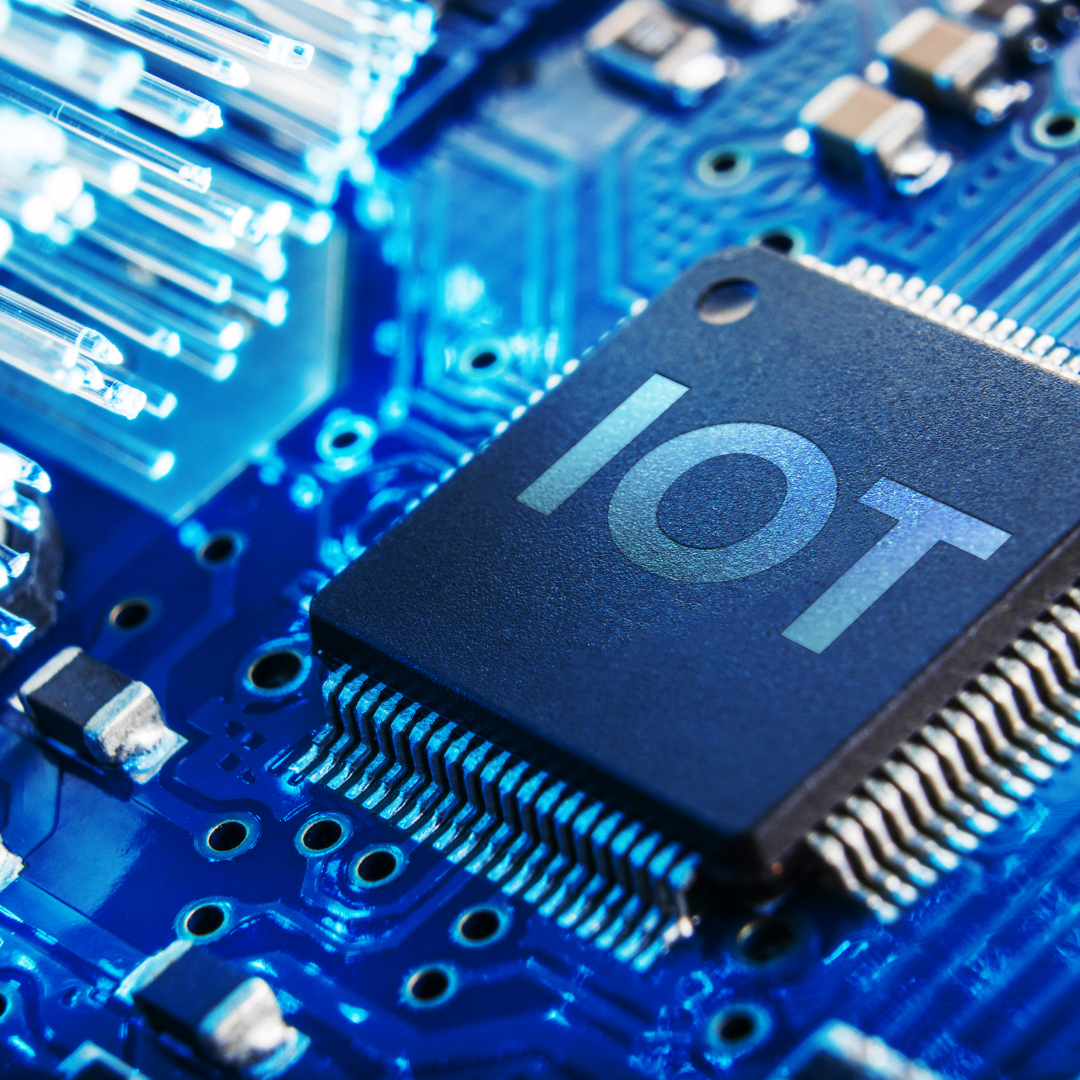So you just went out and bought a shiny new fleet of cars. They’re loaded with the latest sensors and computer hardware. They have built-in connectivity that allows your enterprise to monitor everything from fuel consumption to how to preserve the treads on your tires best. But now that you’ve got all this data, what do you do with it?
What is IoT?
The Internet of Things (IoT) is a network of Internet-enabled physical objects and devices, along with their virtual representations in an Internet-based information system, and is served by related disciplines such as (network) (IT) and embedded (computer) systems, sensor networks, as well as services for device connectivity, data acquisition, & (telecommunications) (computer networking) applications.
It is all about connecting smart, internet-enabled devices, like thermostats, cars, and wind turbines, to the internet. (In other words, things.) For businesses, the IoT offers a whole new way to optimize operations by maximizing efficiency and consumption of energy and raw materials while using transportation systems to get goods and services from point A to point B. If interested, you can also learn more with Vantiq, or something similar about these real time applications of IoT.
The Internet of Things (IoT) has already made the world go round, and now it’s poised to revolutionize the world of business. The rise of the Internet of Things is slowly but surely creeping into nearly every aspect of our lives. As the number of connected devices continues to balloon, the stakes are getting higher. Nowhere is this more evident than within the business vehicle fleet industry, where potentially life-saving information is being exchanged between driver and fleet manager.
How Can Iot Optimize Fleet Management?
There has been a lot of talks recently about the Internet of Things (IoT) and the impact it will have on daily life. But what does it mean for your business, and in particular, your fleet? As it turns out, quite a lot – a fleet management system that’s connected to the IoT software development can help your business save money, reduce maintenance costs, increase driver safety, and offer a more streamlined supply chain.
As the internet of things (IoT) continues to evolve and connect an ever-increasing number of devices to the internet, fleets are also being affected. With the IoT, fleet managers are using technology to optimize fleet management, from asset tracking to remote monitoring. These solutions have proven to be cost-effective and have the added benefit of increasing fleet safety. Companies such as Lytx are constantly working towards providing better fleet management solutions through improved telematics systems and enhanced data analysis.
As more businesses move towards an effective Fleet Management System, the ability to track your assets in real-time is vitally important. The internet of things (IoT) has enabled this by allowing businesses to build a digital bridge between their fleet assets and the wireless devices they use daily. This means that all the information the driver needs is always available to them to make informed decisions about where and how to move their vehicle.
Incorporating IoT To the Management System
The Internet of Things (IoT) has been a fast-growing market for the past few years, and for a good reason. IoT technologies are allowing us to connect everyday, common objects to the internet and monitor them. Fleet management is one area where IoT technologies could be utilized for the better. Fleet management is a task that is performed by a fleet manager, who is responsible for looking after the vehicles owned by a business. The fleet manager ensures that vehicles are safe, insured, and properly maintained.
Fleet management requires careful monitoring, so it’s no surprise that IoT plays a critical role. Indeed, IoT can give fleet managers real-time information about a vehicle’s current location and other vehicle metrics like fuel consumption, vehicle speed, and engine data, among other things. Fleet managers may also determine when to schedule routine maintenance using this IoT information.
The Advantages and Disadvantages
With all of the advantages of the Internet of Things (IoT), there are some disadvantages to it as well. The IoT has brought about a new ability to gather data. This is useful for many reasons. The data can be used to see how people are using different products. This data can be used to find patterns and trends in your fleet. The problem is that having all of this data can sometimes be overwhelming.
You may have too much data to deal with. In addition to this, there is also a problem with finding the right data to analyze. Another problem is that because of the new IoT devices. It is becoming more difficult to keep track of the devices. People may not be able to keep track of the IoT devices. While the IoT is still in its infancy, it has the potential to connect everything from mobile devices to home appliances and even medical devices.







